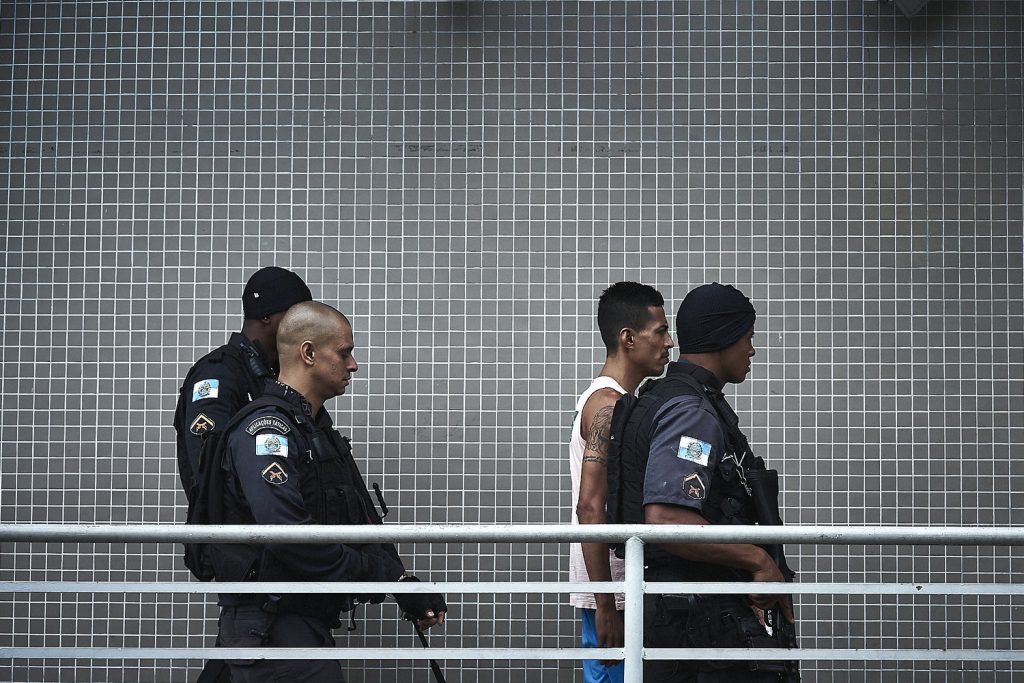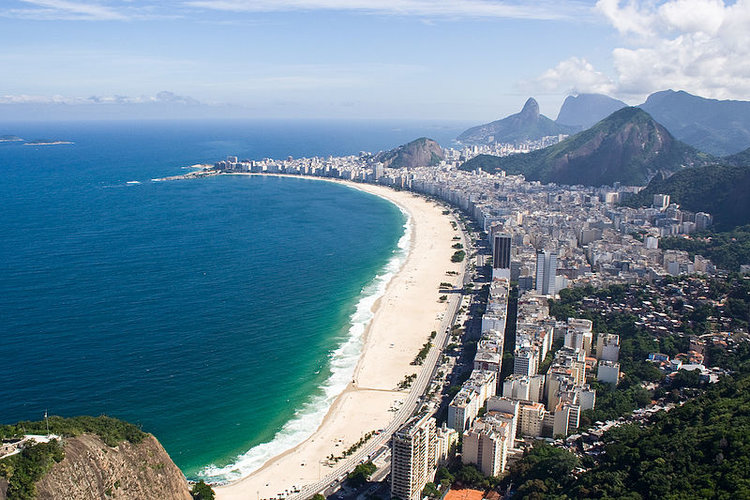RIO DE JANEIRO, BRAZIL – According to data from Rio’s Institute of Public Security (ISP), 15 of the state’s 39 districts suffered an increase in street thefts since the start of the years.
The most heavily affected areas are the Copacabana and Leme regions, with a 79 percent increase compared with the same period last year.

The beachfront neighborhoods are popular with tourists and are policed not just by a local police battalion, but also a specialized security force tasked with operating in areas popular with visitors to the state.
In second ranked neighborhood is Leblon, where theft increased by 31.7 percent. The area is also a frequent destination for tourists and is considered one of the more affluent communities in the state.
Rio de Janeiro has made extensive efforts to increase security in higher-income neighborhoods. In Copacabana, a system of robotic security cameras has been installed allowing police to track thieves long after they have committed a crime.
During this year’s Carnaval, police implemented face recognition software similar to that used in China to automate the process of searching crowds for wanted criminals.
In 2014 the state started a program called “Segurança Presente” (Security Here) which hires police on their breaks to patrol parts of the state. The police act for twelve-hour shifts in neighborhoods with high levels of commercial activity like Centro and Leblon.
Critics of the program say that it has essentially become a police force exclusively for the rich.

The increase in crime in areas frequented by tourists puts at risk one of the fundamental parts of Rio’s economy. About 40 percent of tourists to Brazil make the trip to visit Rio de Janeiro, and the state is extremely popular with holiday-makers from within Brazil.
Governor Wilson Witzel has said that he plans to invest in making the state more appealing to tourists. Last month he promised to bring Formula 1 racing back to Rio, which has not hosted a race since 1989.
A spokeswoman for Rio’s police said that data to be released for the following months are expected to show a decrease in crime across the state.
Rio de Janeiro has suffered a security crisis in recent years with the northern and western part of the state capital experiencing high levels of armed conflict between criminal organizations and the police.
Rio’s more affluent southern neighborhoods experience a different reality, with the majority of crime being muggings or non-violent. Residents of the state’s most distressed regions said that security forces are mostly absent outside of raids targeting drug traffickers.

